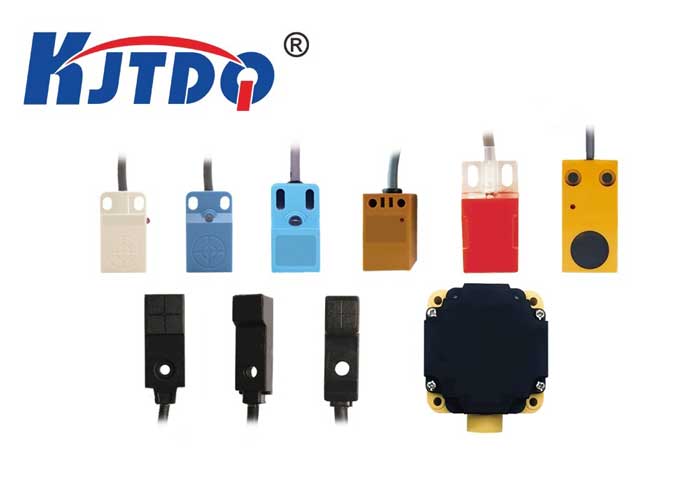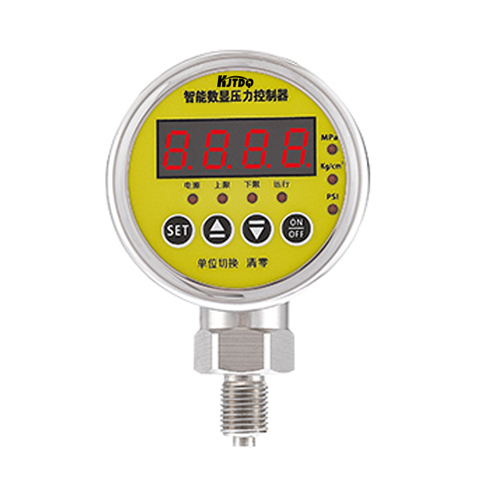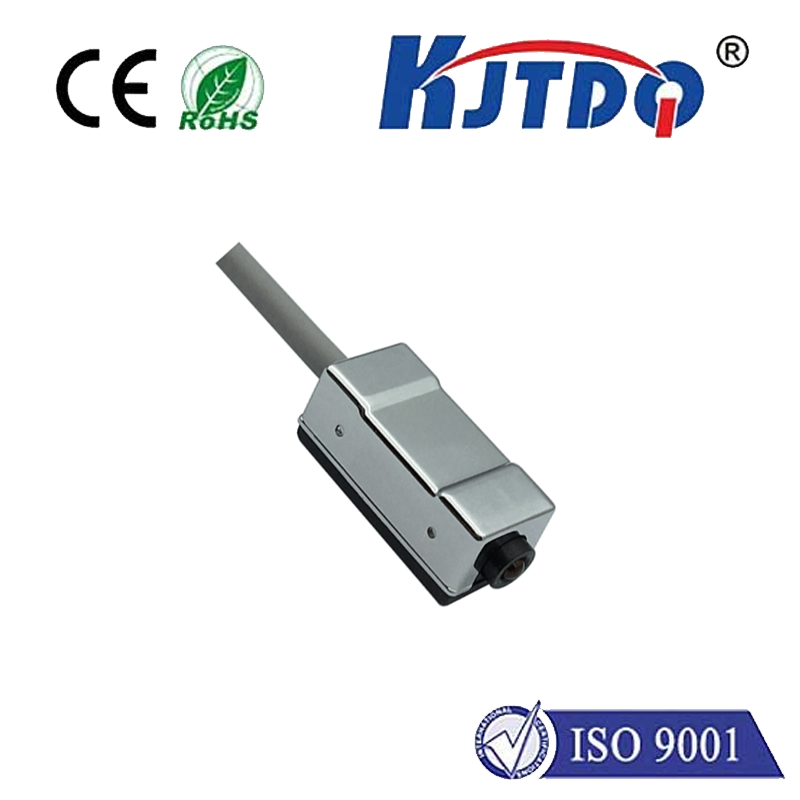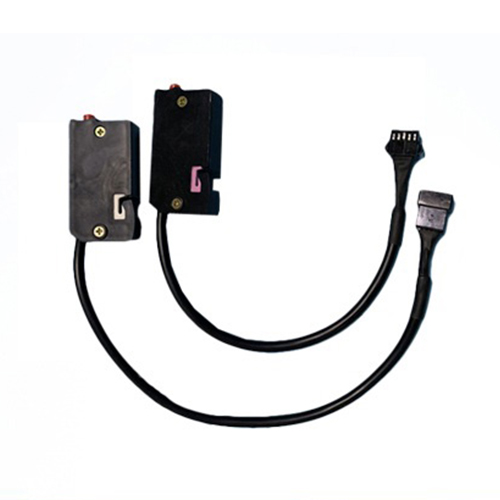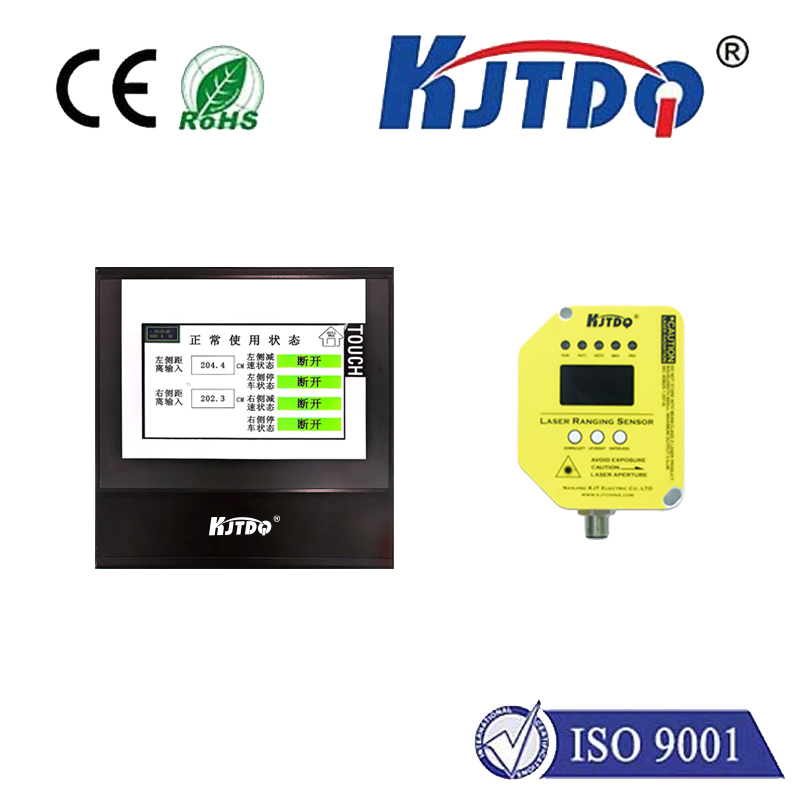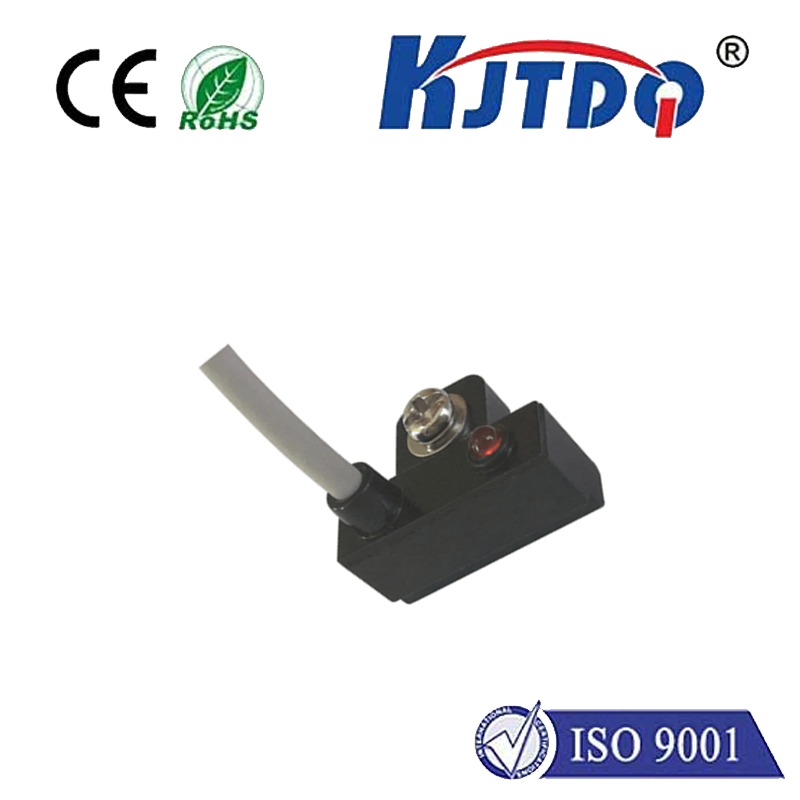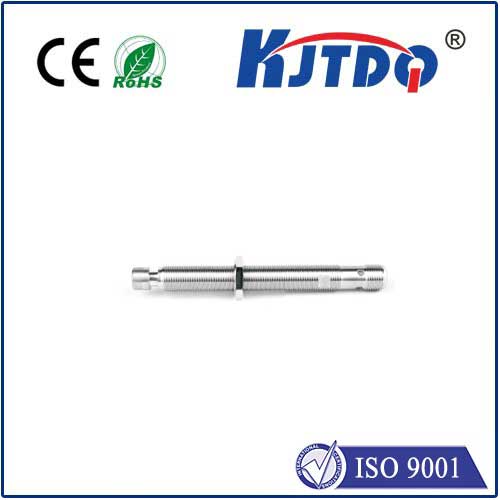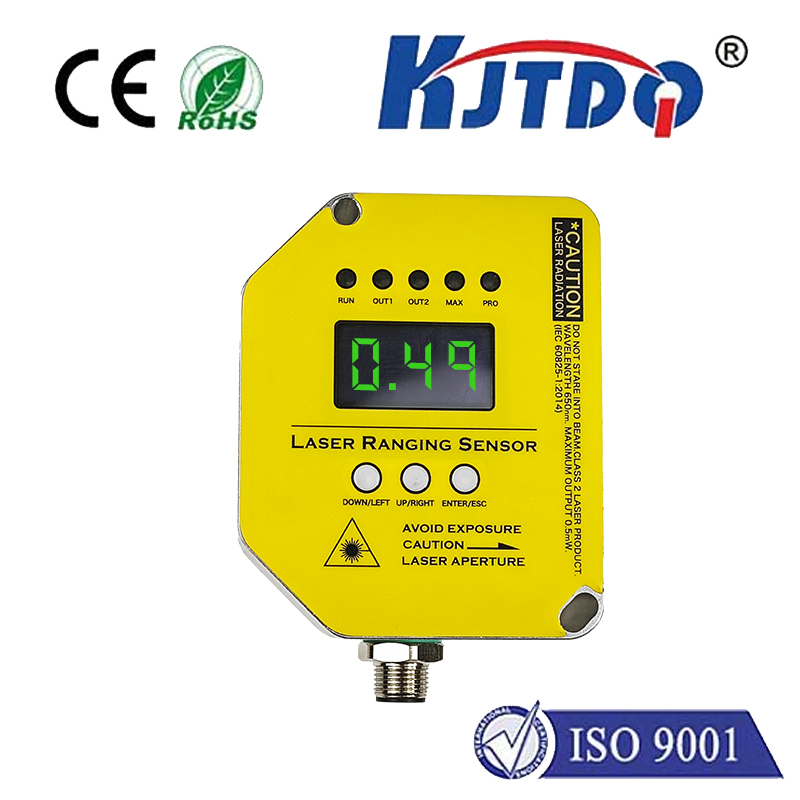contactless limit switch
- time:2025-08-04 12:53:48
- Click:0
Contactless Limit Switches: Revolutionizing Position Sensing with Zero-Contact Reliability
Ever experienced machine downtime due to a worn-out mechanical switch? Or struggled with position sensing in dusty, wet, or physically demanding environments? These are precisely the challenges that contactless limit switches were engineered to conquer. Moving beyond the limitations of traditional mechanical switches, contactless technology delivers unparalleled reliability and precision without physical touch. This is the revolution reshaping modern automation.
Understanding the Core Concept: Sensing Without Touch
At its essence, a contactless limit switch performs the same critical function as its mechanical counterpart: detecting the presence or absence of an object (often called the actuator or target) to signal a specific position or limit in machinery. However, the key difference – and the source of its superior performance – lies in how it achieves this detection. It uses non-contact sensing principles, eliminating the need for direct physical impact between the switch element and the target. This fundamental shift opens up a world of benefits.
The Engine Room: Key Technologies Powering Contactless Sensing

Several sophisticated technologies drive the performance of modern contactless limit switches:
- Magnetic (Reed or Hall Effect): These are among the most common and rugged types.
- Reed Switches: Utilize hermetically sealed glass tubes containing ferromagnetic reeds. When a permanent magnet (the target actuator) approaches, the magnetic field causes the reeds to flex and make contact, closing the circuit. Simple, reliable, and capable of handling relatively high currents.
- Hall Effect Switches: Employ semiconductors. As a magnet approaches, the magnetic field alters the current flow within the semiconductor, triggering an electronic switching output. Offer higher switching frequency, excellent repeatability, and the ability to detect both the presence and sometimes the strength of a magnetic field.
- Inductive Proximity Sensors: These detect metallic targets (like iron, steel, aluminum, brass, copper). The sensor generates an electromagnetic field. When a metallic target enters this field, it induces eddy currents within the target, causing a measurable change in the sensor’s oscillation circuit, triggering the output. Highly reliable for metallic object detection, immune to dust, dirt, and non-metallic contaminants.
- Capacitive Proximity Sensors: Detect both metallic and non-metallic materials (plastics, wood, liquids, powders) by measuring changes in electrical capacitance. The sensor and target act as capacitor plates. As the target nears, it alters the capacitance field, triggering the switch when a preset threshold is crossed. Ideal for level detection of fluids or granular materials through container walls.
- Ultrasonic Sensors: Emit high-frequency sound waves and measure the time taken for the echo to return after bouncing off a target. Distance to the target is calculated based on the speed of sound. Effective for detecting objects at greater distances or those made from various materials, regardless of color or transparency. Performance can be affected by temperature variations or air turbulence.
- Optical Sensors (Photoelectric): Use light beams (visible, infrared, laser). Common modes include:
- Through-beam: Separate emitter and receiver; detection occurs when an object interrupts the beam.
- Retro-reflective: Emitter and receiver in one unit; beam bounces off a reflector; detection when object breaks the beam.
- Diffuse reflective: Emitter and receiver in one unit; detection occurs when the emitted light bounces off the target back to the receiver.
Excellent for long-range detection and seeing very small objects. Performance can be hindered by dirt, dust, fog, or highly reflective/absorbent surfaces.
Why Contactless is Often the Superior Choice: Unlocking Tangible Benefits
The shift away from physical contact delivers a cascade of operational advantages, particularly crucial in demanding industrial settings:
- Unmatched Reliability & Longevity: This is the defining advantage. With no physical parts to wear, break, or degrade due to repeated impact, contactless switches boast significantly longer lifespans. They are immune to failures caused by switch bounce or contact arcing common in mechanical switches.
- Blazing Speed & High Frequency Operation: Because there’s no mechanical movement required to make or break a circuit, contactless switches can operate at incredibly high switch frequencies, making them ideal for high-speed machinery and applications demanding rapid response times.
- Resilience in Harsh Environments: Contactless limit switches excel where mechanical switches falter. They are inherently resistant to contamination from oil, coolant, dust, chips, and moisture. Many offer high IP (Ingress Protection) ratings (e.g., IP67, IP69K) for use in washdown areas or outdoors.
- Consistent, Repeatable Accuracy: Without mechanical wear altering the actuation point over time, contactless sensors provide highly consistent and repeatable position sensing throughout their extended lifespan.
- Silent & Vibration-Resistant Operation: The absence of physical contact eliminates the “click” sound and is less susceptible to malfunction caused by machine vibration.
- Versatility in Target Detection: Depending on the technology chosen, contactless switches can detect a vast array of materials – metals, plastics, liquids, opaque or transparent objects, even powder levels.
Where Contactless Limit Switches Shine: Real-World Applications
The robustness and versatility of contactless switches make them indispensable across countless sectors:
- Factory Automation & Robotics: Precise end-of-arm tooling positioning, robot axis limits, pallet presence detection, actuator position feedback.
- Material Handling & Packaging: Detecting product presence on conveyors, monitoring fill levels (capacitive), verifying case/carton flap position (optical), controlling gate movements.
- Automotive Manufacturing: Reliable position sensing on welders, presses, paint lines, assembly robots – resisting weld spatter, coolant, and vibration.
- Food & Beverage Processing: Hygienic position sensing on fillers, cappers, labelers, conveyors; washdown-rated sensors (inductive, capacitive, ultrasonic) survive rigorous cleaning.
- Mobile Machinery & Agriculture: Limit detection on hydraulic cylinders (boom height, bucket angle), implement position feedback, level sensing in tanks – withstands shock, vibration, and weather.
- Elevators & Escalators: Over-travel and position detection, door zone monitoring.
- Renewable Energy: Position feedback in wind turbine pitch control systems, solar tracker positioning.
Choosing the Optimal Solution: Key Considerations
Selecting the right contactless limit switch isn’t one-size-fits-all. Consider these factors carefully:
- Target Material: Is it metal? Plastic? Liquid? This primarily dictates whether inductive, capacitive, ultrasonic, or optical is suitable.
- Sensing Distance: How far away does the target need to be detected? Different technologies offer distinct ranges.
- Environmental Conditions: Temperature extremes? Presence of dust, oil, water vapor, chemicals? Vibration levels? These factors impact IP rating and technology choice (e.g., inductive for heavy metallic dust, optical may need air purge in dirty environments).
- Required Output Type: Simple NPN/PNP transistor?






